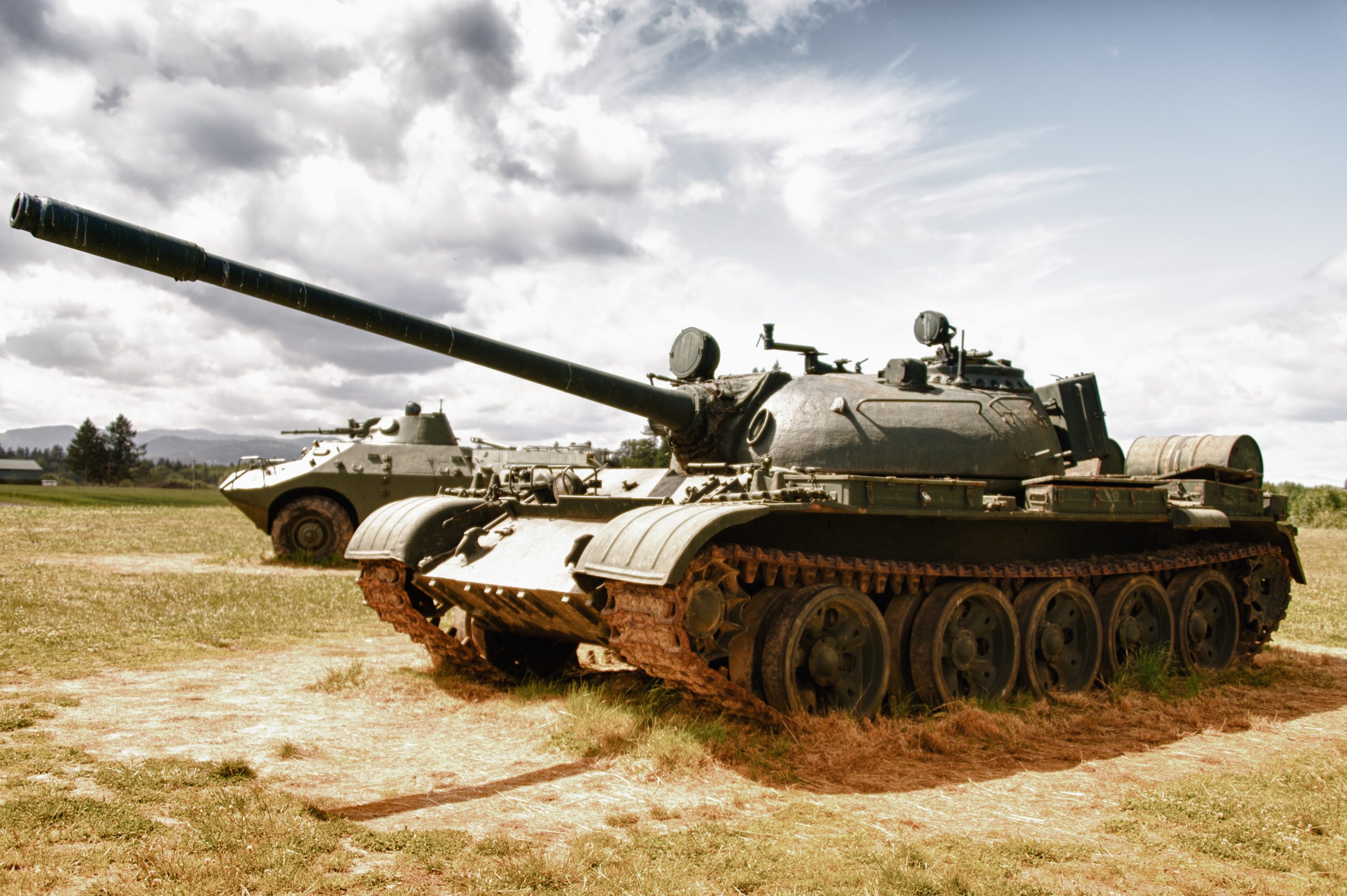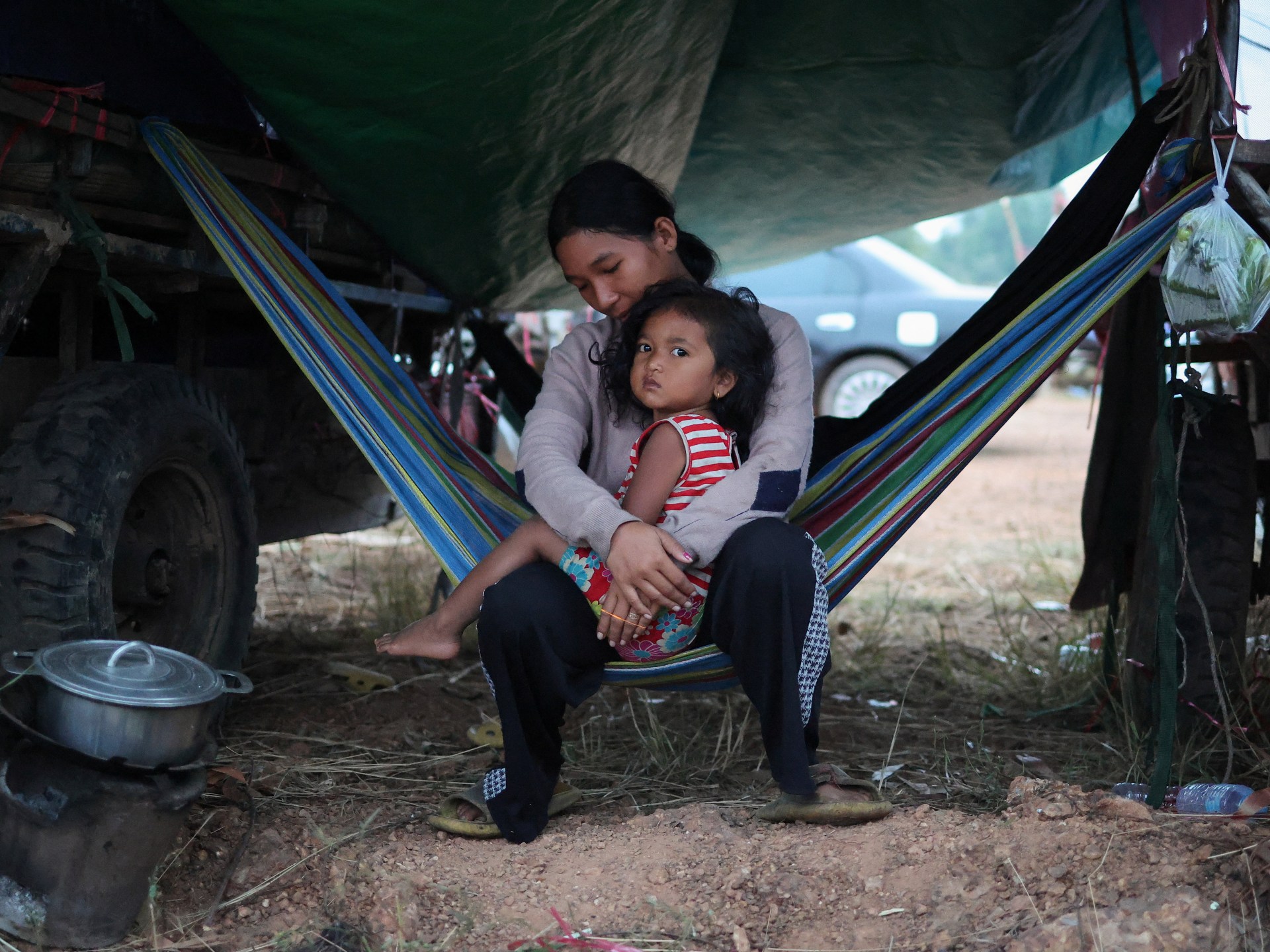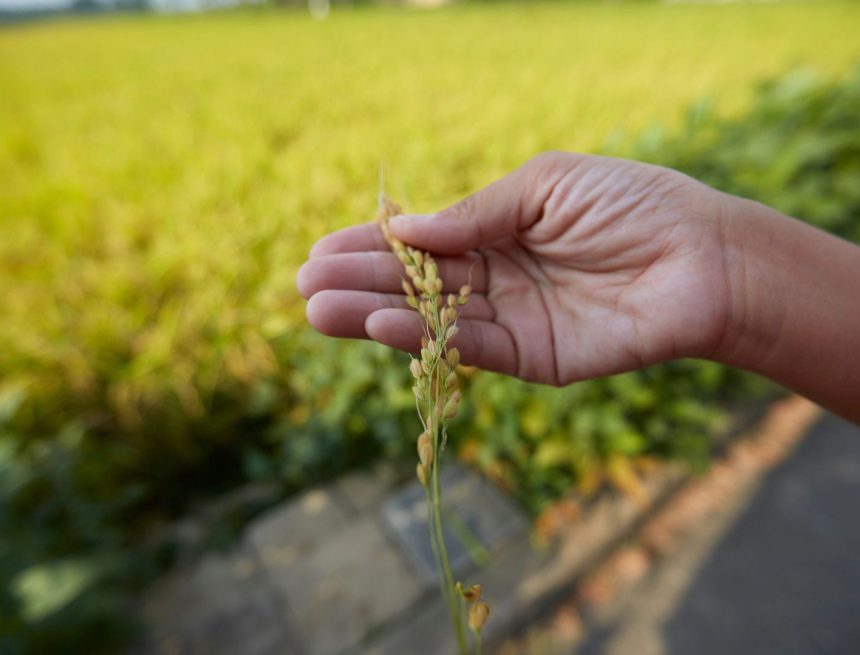India’s capital Delhi woke up to a toxic haze as air quality worsened after the Hindu festival of Diwali, despite a court directive to use less-polluting crackers.
People in the city and its suburbs burst crackers late into Monday night, defying the court’s order to use only ‘green’ fireworks for a limited period of time.
Delhi, which has high pollution through the year due to factors including vehicular emissions and dust, had already seen air quality dipping over the past few days.
On Tuesday, the Air Quality Index (AQI) in Delhi was 360, according to government data. The AQI measures the level of PM 2.5 – fine particulate matter that can clog lungs and cause a host of diseases – in the air.
Levels between 101 and 200 are considered moderate, while those between 201 and 300 are “poor”. Between 301 and 400 is categorised as “very poor” and a figure higher than 400 is considered “severe”.
The World Health Organization’s guidelines say that exposure to PM 2.5 over a 24-hour-period should be limited to 15 micrograms per cubic metre – but Delhi’s AQI in some parts is 24 times higher than the recommended level.
The city’s pollution problem becomes worse in winter as farmers in neighbouring states burn crop stubble. Low wind speeds also trap pollutants – such as those produced by firecrackers – in the lower atmosphere, making it hard to breathe.
That’s why firecrackers had been banned in Delhi and its suburbs during Diwali since 2020. However, this rule was not strictly enforced on the ground and crackers were still available for purchase in many shops, leading to its use during the festival.
Last week, India’s Supreme Court relaxed the blanket ban, allowing people to use so-called green crackers, which its makers say emit 20-30% less pollutants than traditional ones and generate minimal ash. Critics, however, have pointed out that even though comparatively less harmful, these crackers still release toxic substances into the air.
In the run-up to Diwali, BBC reporters saw traditional crackers still being sold openly in shops. And while the court had allowed green crackers to be burst only during a limited window – one hour in the morning and two in the evening on Diwali and the day before it – the sound of fireworks could be heard well past midnight in many areas.
On Tuesday, when BBC reporter Vikas Pandey left his home in Noida (a suburb of Delhi) at around 0600 local time (0030 GMT) to catch an early morning flight, he realised “the familiar smell of burning charcoal was back”.
“The air was filled with smoke and visibility was poor. I could taste ash in my mouth. As the taxi entered Delhi, visibility became even poorer. The tall buildings which are usually visible at this hour had disappeared behind a thick veil of smog,” he says.
Experts are worried that the relaxing of rules around crackers could affect awareness around the dangers of air pollution which was being developed over the past few years.
To be sure, Delhi’s air quality was already in the “very poor” category, with AQI crossing 300, for around a week now, due to several factors such as low wind speed, vehicular emissions and stubble burning in neighbouring states.
On Sunday, officials invoked the next stage of the Graded Response Action Plan (GRAP) in Delhi and its suburbs, imposing restrictions on the use of diesel generators and burning of coal and firewood in a bid to improve air quality.
For now, as the familiar smog descends on Delhi, its residents appear resigned.
“You can’t even think of stepping outside. The situation seems to be equally bad in densely populated areas and rural areas in Delhi today,” said Paras Tyagi, who lives in the capital.
Follow BBC News India on Instagram, YouTube, Twitter and Facebook.


